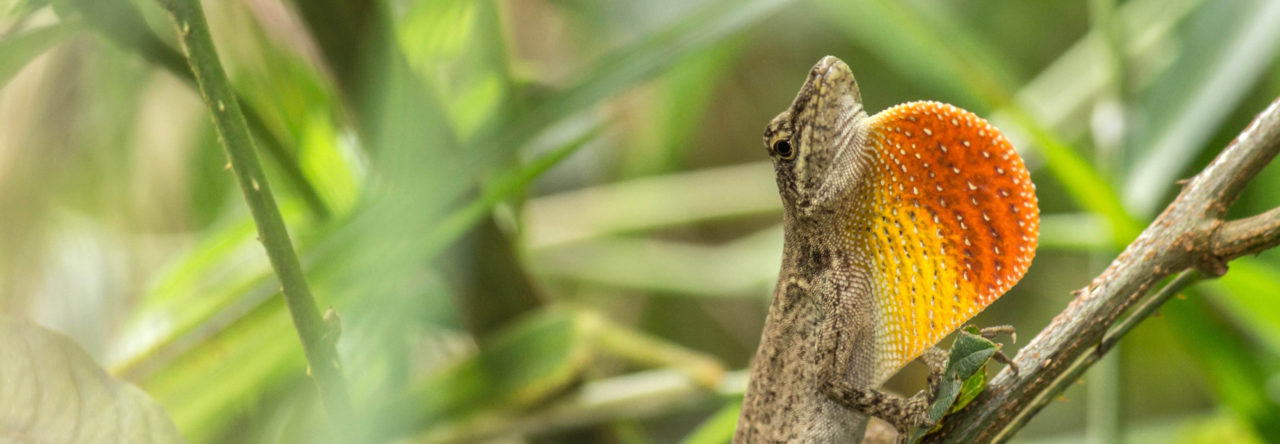Reptiles are important models for studying phenotypic plasticity because they are quite sensitive to environmental conditions experienced during development, and naturally experience a broad range of environmental conditions during this time. There are a number of interesting biological traits of reptiles that make them particularly interesting models for research on phenotypic plasticity. For example, temperature-dependent sex determination, where incubation temperature irreversibly determines sex during development, is a fascinating polyphenism that is widespread among reptiles. Additionally, the sensitivity of developing embryos to environmental factors (like temperature or hydric conditions) has been implicated as a primary force behind the evolution of various maternal reproductive strategies including viviparity or nest-site choice. Accordingly, there exists a rich literature documenting the effects of embryonic environments on the phenotypes and survival of reptiles during early life.
A major shortcoming of this literature, however, is that the vast majority of studies terminate shortly after hatching. That is to say, our understanding of phenotypic plasticity in reptiles is biased towards phenotypes apparent in early life. Yet we rarely know if these phenotypes are persistent or transient, or if conditions experienced during development have delayed effects, or effects on reproductive traits. Together with my coauthors Fred Janzen and Dan Warner, we have recently published a review that discusses the shortcomings of terminating plasticity studies during early life, and highlights the important contributions that have come from the relatively few long-term studies in existence. We call for studies that specifically look at the effects of embryonic environments on adult phenotypes, and offer a number of approaches to address this problem.
 Enter the Anole. There are a number of anole species that are very tractable models for experiments addressing the influence of embryonic conditions on adult phenotypes, reproduction, and survival. Anolis sagrei, for example, readily breeds in captivity, is highly fecund, and reaches reproductive maturity in a matter of months. Anoles are tractable for detailed assays on reproduction in the laboratory, and raising anoles from egg to adult in the lab is entirely feasible under reasonable timelines. Though it is no small task, it is very possible to incubate hundreds of anole eggs under different conditions, mark the babies upon hatching, and then release them into the field in a place where migration is not possible (like a small island). Periodically sampling that island can give insights into the effects of incubation conditions on adult phenotypes and survival under natural conditions. Phil Pearson and Dan Warner recently published a paper using such a methodology.
Enter the Anole. There are a number of anole species that are very tractable models for experiments addressing the influence of embryonic conditions on adult phenotypes, reproduction, and survival. Anolis sagrei, for example, readily breeds in captivity, is highly fecund, and reaches reproductive maturity in a matter of months. Anoles are tractable for detailed assays on reproduction in the laboratory, and raising anoles from egg to adult in the lab is entirely feasible under reasonable timelines. Though it is no small task, it is very possible to incubate hundreds of anole eggs under different conditions, mark the babies upon hatching, and then release them into the field in a place where migration is not possible (like a small island). Periodically sampling that island can give insights into the effects of incubation conditions on adult phenotypes and survival under natural conditions. Phil Pearson and Dan Warner recently published a paper using such a methodology.
Of course, we also encourage such long-term studies for everyone working with reptiles, even those that are very long-lived (like turtles). But there is a dearth of studies that address the effects of embryonic environments on adult phenotypes in reptiles, and I hope that anoles are a key group that help address this shortcoming. So let’s get after it, Anolologists!!!!
































